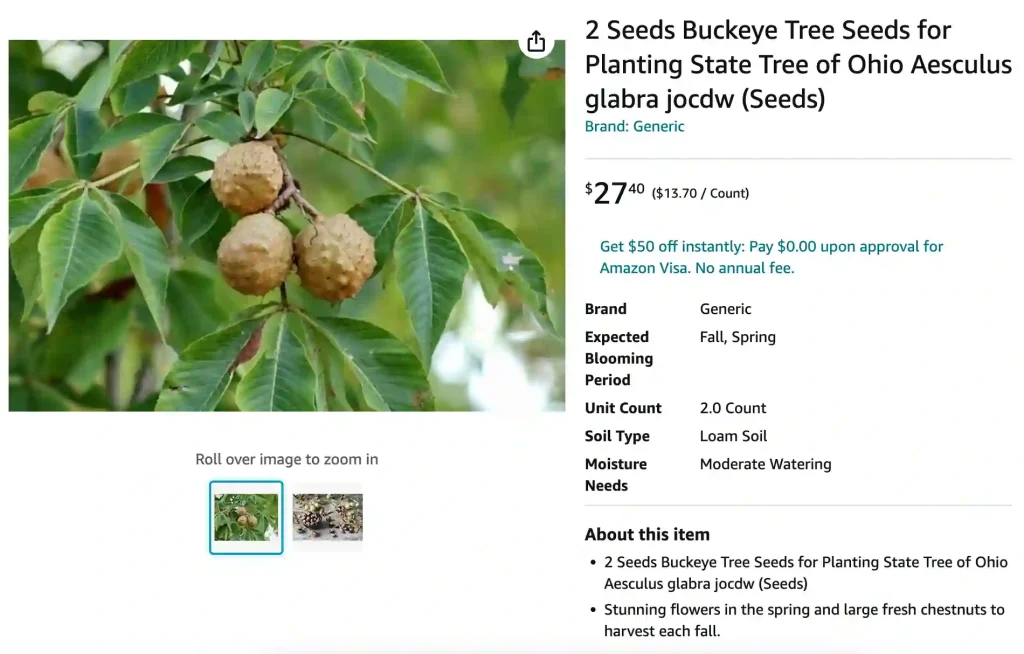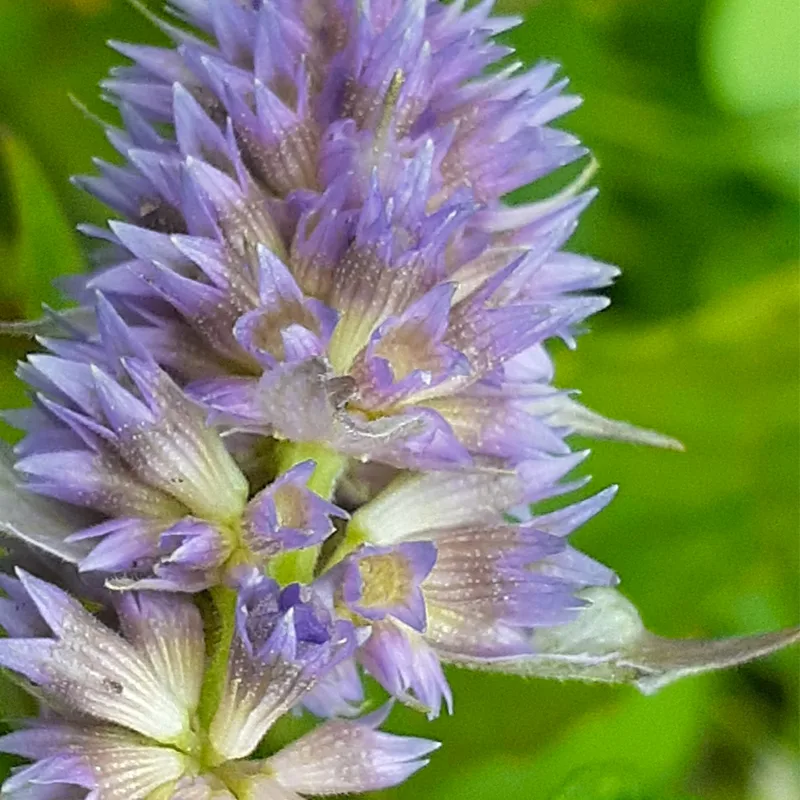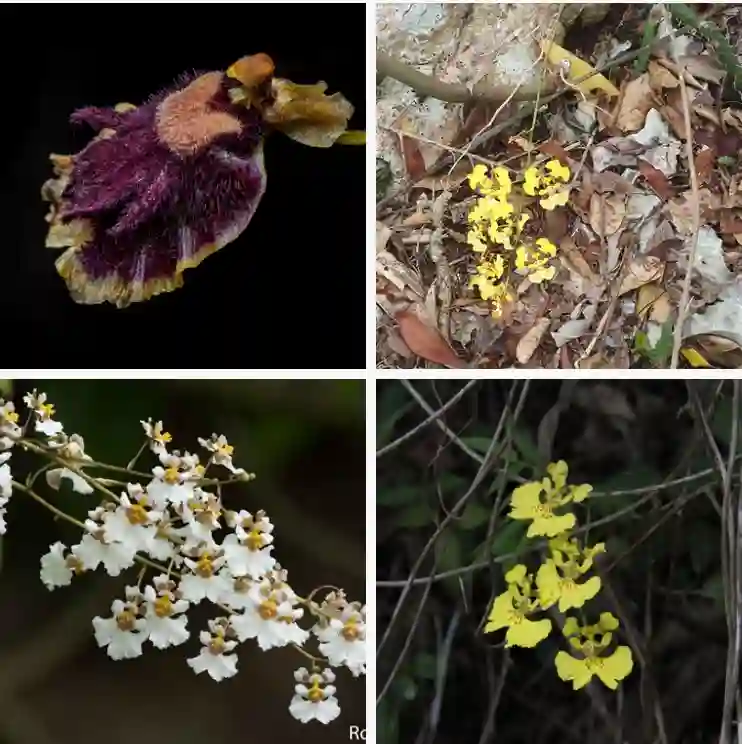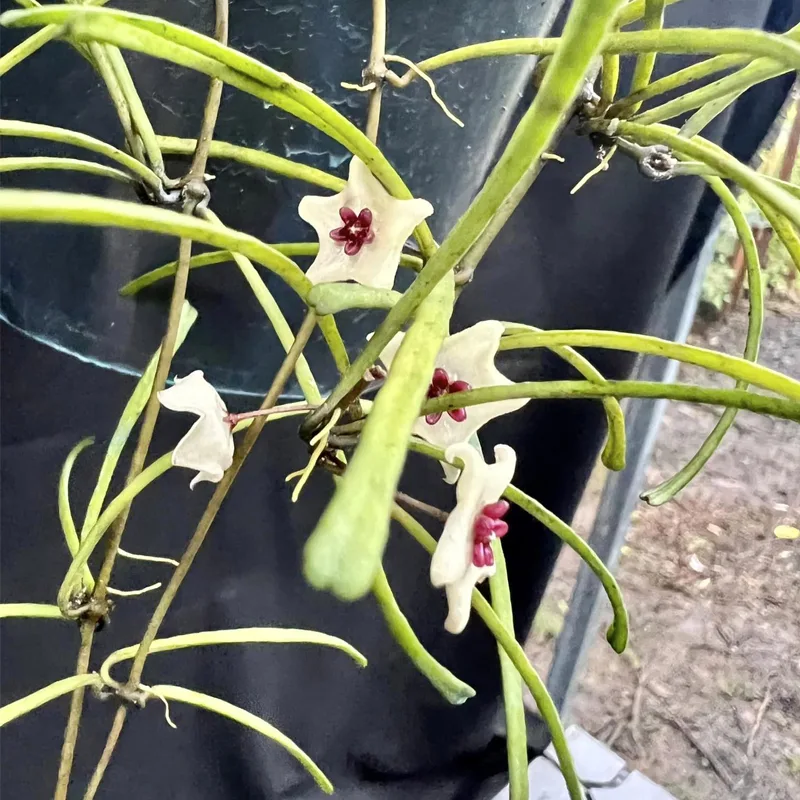
FAQs About Aesculus Glabra
When I first encountered Aesculus Glabra, commonly known as the Ohio Buckeye, I had a lot of questions. This tree caught my attention with its distinctive foliage and striking flowers. Here’s a comprehensive guide based on my experiences and research to help answer the most common questions about Aesculus Glabra.
What is Aesculus Glabra?
Aesculus Glabra, or the Ohio Buckeye, is a deciduous tree native to the central and eastern United States. It’s known for its large, palmate leaves and its showy, greenish-yellow flowers that bloom in late spring. The tree gets its name from the shiny, brown seeds that resemble buckeyes, which are the fruit of the tree. The Ohio Buckeye is often appreciated for its ornamental value and is a popular choice for landscaping in regions where it thrives.
How to Care for Aesculus Glabra?
Caring for Aesculus Glabra is relatively straightforward once you understand its needs. Here’s what I’ve found essential:
- Soil: Ohio Buckeyes prefer well-drained, loamy soil. They can tolerate a range of soil types but thrive in rich, moist conditions. Avoid heavy clay or overly sandy soils that don’t retain moisture well.
- Sunlight: This tree does best in full sun to partial shade. I’ve found that it performs optimally with at least four to six hours of direct sunlight each day.
- Watering: Regular watering is crucial, especially during dry spells. Aesculus Glabra is somewhat drought-tolerant once established but benefits from consistent moisture. I recommend watering deeply to encourage deep root growth.
- Pruning: Prune the tree in late winter or early spring to maintain its shape and remove any dead or diseased wood. This helps promote a healthy structure and improves airflow through the canopy.
- Fertilizing: Fertilization is usually not necessary if the soil is well-balanced. However, if your tree shows signs of nutrient deficiency, a balanced, slow-release fertilizer can be applied in early spring.
How to Propagate Aesculus Glabra?
Propagating Aesculus Glabra can be an enjoyable project. Here are the methods I’ve used successfully:
- Seeds: Collect seeds in the fall when they have turned brown and are starting to drop from the tree. Stratify the seeds by placing them in a moist medium in the refrigerator for 60 days before planting them in a nursery pot or directly in the ground.
- Cuttings: Softwood cuttings taken in late spring or early summer can also be used. Dip the cuttings in rooting hormone and plant them in a well-draining medium. Keep the cuttings in a humid environment until roots develop.
What to Plant With Aesculus Glabra?
Aesculus Glabra pairs well with a variety of plants. In my experience, here are some excellent companions:
- Understory Shrubs: Consider planting shrubs like Viburnum or Azalea beneath the canopy. These shrubs can tolerate partial shade and complement the Buckeye’s broad leaves.
- Perennials: Hostas and Ferns thrive in the shade provided by the Ohio Buckeye. Their foliage contrasts nicely with the tree’s leaves.
- Ground Covers: Plants like Pachysandra and Creeping Jenny work well to cover the ground and prevent weeds around the tree’s base.
Is Aesculus Glabra Toxic?
Yes, Aesculus Glabra is toxic if ingested. The seeds, leaves, and bark contain saponins, which can cause nausea, vomiting, and even more severe symptoms if consumed in large quantities. I always make sure to keep pets and children away from the tree’s fallen seeds and instruct visitors to avoid touching them.
Benefits of Aesculus Glabra
The Ohio Buckeye offers several benefits:
- Ornamental Appeal: With its unique foliage and attractive flowers, it adds significant visual interest to any landscape. Its autumn color is a pleasant yellow before the leaves fall.
- Wildlife Attraction: The tree provides food and shelter for various wildlife species. Birds are particularly drawn to its seeds.
- Shade: Aesculus Glabra can be a great shade tree for large areas, helping to cool down surrounding spaces.
Common Problems with Aesculus Glabra
In my experience, Aesculus Glabra can face a few issues:
- Pests: It’s susceptible to pests like the Buckeye Leaf Miner, which can cause noticeable damage to the leaves. Regular monitoring and prompt action can help manage this issue.
- Disease: This tree can also be affected by fungal diseases such as leaf spot. Ensuring good air circulation and avoiding overhead watering can reduce the risk.
- Seedling Issues: Young seedlings can be prone to root rot if the soil doesn’t drain well. Ensure proper soil conditions and avoid overwatering.
Comparing Aesculus Glabra with Similar Trees
If you’re considering alternatives, here’s how Aesculus Glabra compares with a few similar trees:
- Aesculus Hippocastanum (Horse Chestnut): While both trees are members of the Aesculus genus, the Horse Chestnut is larger and has more conspicuous, showy flowers. It also produces larger, spiked seed capsules.
- Aesculus Pavia (Red Buckeye): This species has striking red flowers and is smaller than Aesculus Glabra. It’s well-suited for smaller landscapes.
- Carya Ovata (Shagbark Hickory): Though different in many ways, the Shagbark Hickory shares some similar environmental requirements with the Ohio Buckeye, such as soil and light conditions.
Overall, Aesculus Glabra is a wonderful tree with distinct characteristics and several benefits. With the right care, it can be a beautiful addition to any landscape.




